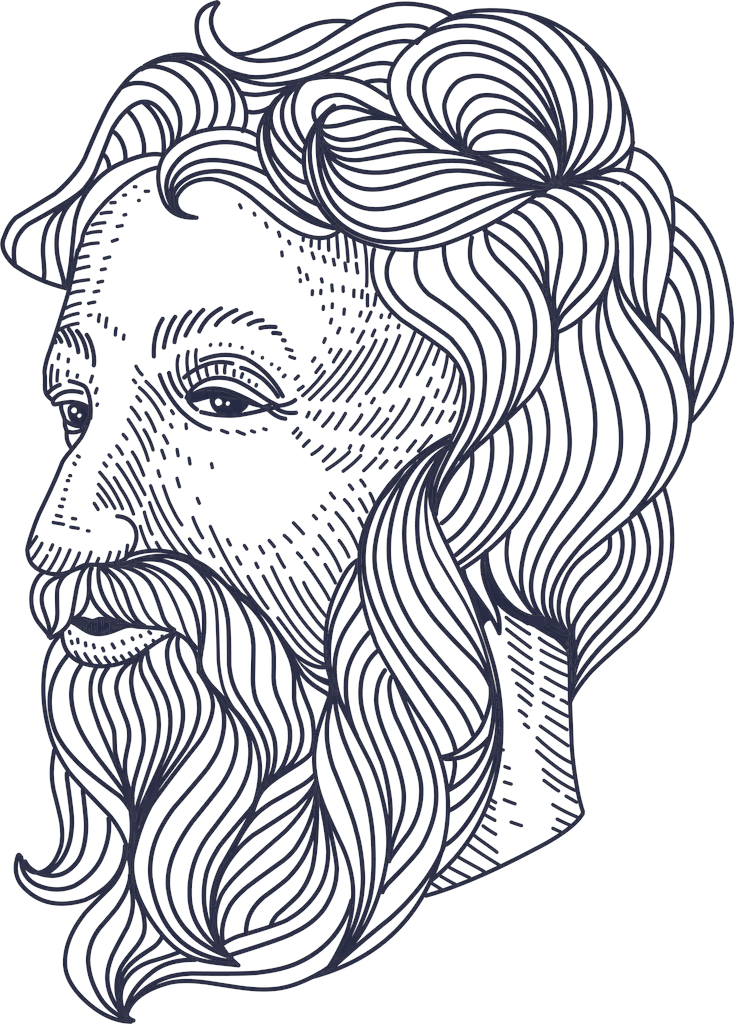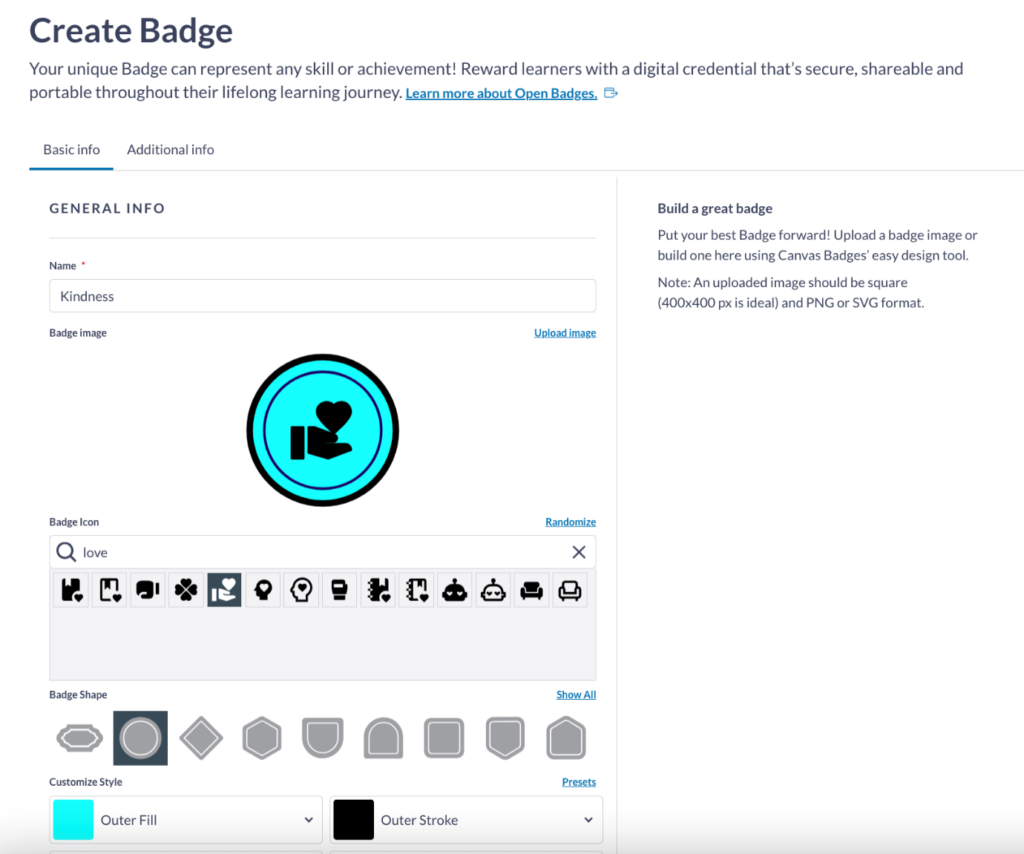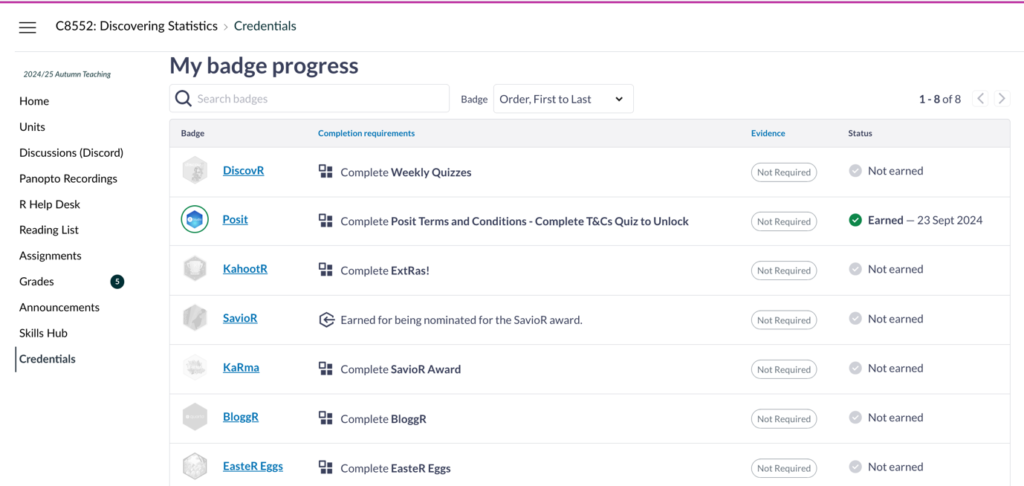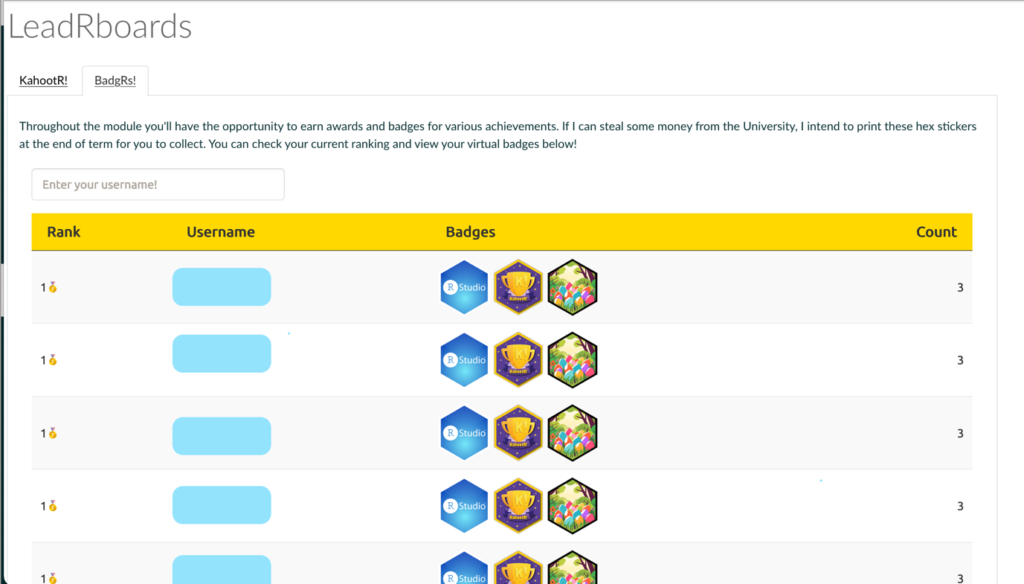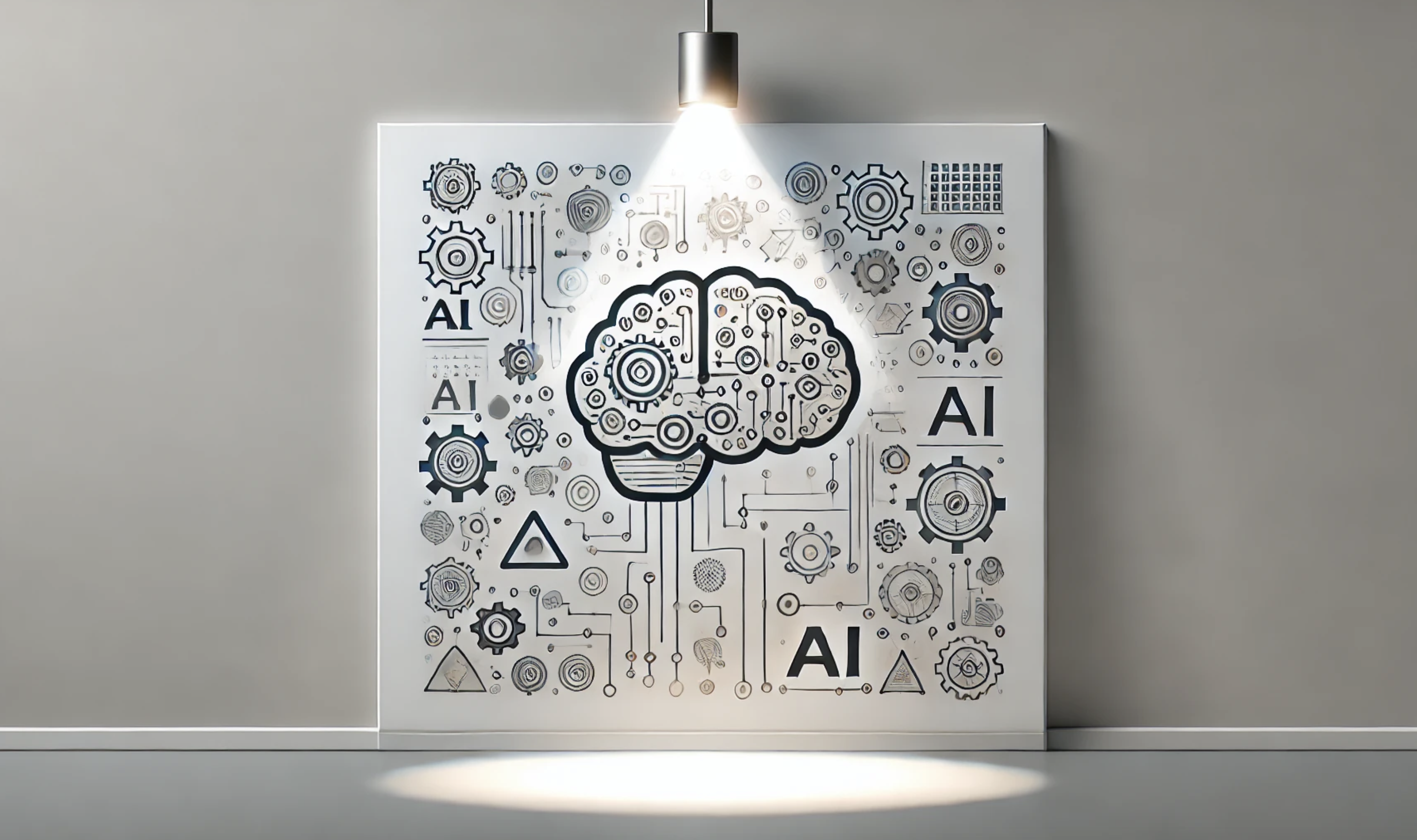
Welcome to December’s Spotlight on AI in Education bulletin. With how fast things are moving, this will help you cut through the noise and catch what’s important. The bulletin highlights on-the-ground practice, institutional perspectives and trends in generative AI use across the sector and beyond. We hope you find this useful.
If you have anything you’d like to contribute or see in this bulletin please email EE@sussex.ac.uk
On-the-ground at Sussex
Workshop: Introduction to Generative AI within teaching
Read this if: You’d like learn about how to use AI tools within your teaching at an introductory level.
Educational Enhancement are once again running this popular workshop on January 28th at 2pm. You will have the opportunity to get some hands-on experience using AI tools such as Microsoft Copilot, as well as learning the basic skills of prompt engineering and considering when and how to use AI to assist with your teaching.
Find out more and book on our events page. Book early to avoid disappointment.
Institutional Perspective
AI in Education at Sussex
Read this if: You want to have a say in developing institutional principles on the use of Generative AI in teaching, learning and assessment.
A series of Faculty and Division workshops will be held in the New Year to capture challenges, solutions and thoughts on AI in Education at Sussex. These will culminate in a cross-university summit in April. The output of the summit will be a set of institutional principles on AI in Education, as well as an action plan for the ongoing development of staff and student facing resources.
Save the date: Friday 11th April, 1pm – 5pm In-person (spaces limited) or online. Registration will open in the new year.
Across the Sector
Generative AI strategies for Australian higher education: Emerging practice
Read this if: Your interested in a comprehensive analysis by TEQSA (Australia’s quality assurance agency for HE) of actions plans addressing the risk generative AI poses to academic integrity.
From the introduction ‘This toolkit has been informed by an analysis of the information institutions provided in response to our request. It seeks to support institutions in further developing and implementing effective strategies for meaningful and ethical integration of gen AI tools into teaching and learning practices, while also mitigating the risk gen AI poses to award integrity.’ It’s a meaty document, but thoughtfully laid out and includes suggested actions for institutions.
Further Afield
Some festive fun
Read this if: You want to try and spot the fake in ‘AI or REAL’ on BBC Bitesize.
We know by now that Generative AI can be used to create plausibly human created text, images and video. Until now though, it’s often been quite easy to spot something generated by AI, however it is becoming more difficult. Here’s a light hearted quiz to see if you can spot what’s real. How did you do?
Take the quiz on BBC Bitesize
In case you missed it
Other links on the topic of AI in teaching and learning you may have missed.
- On the EE blog: Do not worry if you missed the latest Teaching and Learning with Generative Artificial Intelligence Community of Practice. There will be a write up in the new year. So make sure you’re subscribed to our blog to get the latest straight to your inbox.
- Elsewhere online: We’ve been exploring Google’s NotebookLM*, but for those of you who are Spotify users, you may have experienced another use for the powerful platform. Yes, your Spotify Wrapped has been ‘enhanced’ by AI. Powered by NotebookLM, Spotify provides you with a personalised ‘My Wrapped AI Podcast’ with two ‘hosts’ discussing your listening habits.
*if you explore platforms not supported at Sussex, please do not share Sussex, student, colleague, sensitive or personal data via these platforms. Not being supported means they have not passed stringent Data Protection assessments and could put you at breach of policy and legislation. For a list of supported platforms for teaching and learning please visit the Educational Enhancement website.
This was a Spotlight on AI in Education update from Educational Enhancement





